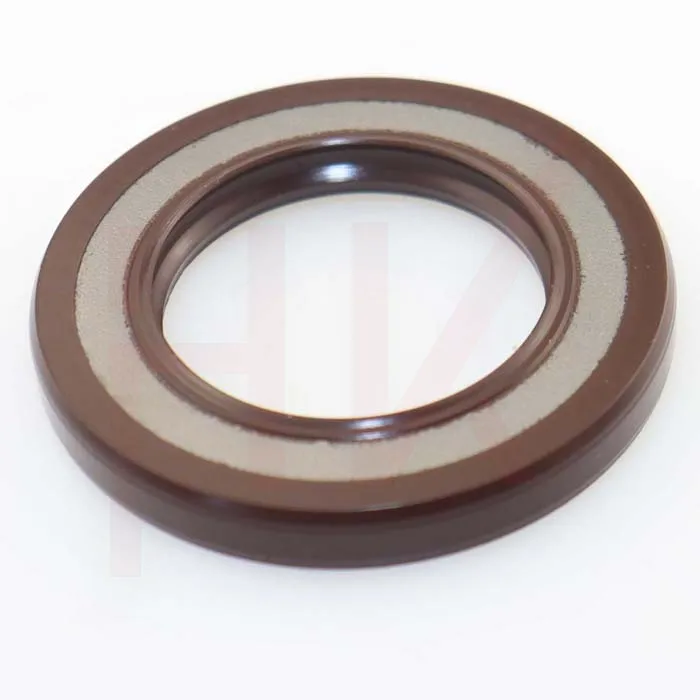Lis . 07, 2024 06:45 Back to list
High-Performance Rotary Seals for Demanding Pressure Applications in Industrial Settings
High Pressure Rotary Seals An Overview
In the realm of mechanical engineering, the role of seals is critical in ensuring the longevity and efficiency of machinery. Among the various types of seals, high pressure rotary seals play a pivotal role in applications where rotational motion is coupled with high-pressure environments. These seals are essential components in numerous industries, including oil and gas, aerospace, automotive, and manufacturing.
What is a High Pressure Rotary Seal?
A high pressure rotary seal is designed to prevent the escape of fluids and gases in rotary applications subject to high pressure. Unlike static seals, which remain stationary, rotary seals must accommodate the continuous motion of a rotating shaft. This dynamic sealing action is vital in preventing leakage, maintaining system performance, and ensuring safety.
The construction of high pressure rotary seals typically involves a combination of elastomers, metal components, and sometimes auxiliary sealing mechanisms. The choice of materials is crucial, as they must withstand not only high pressures but also varying temperatures, chemical exposure, and abrasives depending on the application's specific requirements.
Key Features of High Pressure Rotary Seals
1. High Pressure Resistance High pressure rotary seals are designed to sustain pressures often exceeding several thousand psi. These seals must maintain integrity under extreme conditions to prevent catastrophic failures that could result in significant damages and operational losses.
2. Durability The materials used in these seals need to exhibit high durability and resistance to wear. The rotating shaft can cause friction and heat, leading to premature failure if the seal is not adequately designed. High-quality materials, such as fluoropolymers or specific elastomers, are often used to increase the lifespan of the seal.
high pressure rotary seal

3. Temperature Tolerance In many industrial applications, temperature can vary significantly. High pressure rotary seals must operate effectively within a wide range of temperatures. Materials must be chosen not only for their sealing capabilities but also for their ability to endure thermal cycling without degrading.
4. Chemical Compatibility Depending on the application, seals may be exposed to aggressive chemicals or fluids. Selecting a seal material compatible with the media is crucial to avoid chemical degradation, which can lead to seal failure and leaks.
5. Design Flexibility Various designs of high pressure rotary seals are available, including lip seals, mechanical seals, and sealing systems incorporating multiple features to enhance their protective qualities. The design can be tailored based on the application requirements, such as space constraints or the need for specific rotational speeds.
Applications of High Pressure Rotary Seals
High pressure rotary seals are utilized in countless applications across various sectors. In the oil and gas industry, for example, these seals are vital in drilling equipment, blowout preventers, and subsea machinery, where pressure and reliability are paramount. In aerospace, they help maintain the integrity of systems under extreme environmental stresses. The automotive industry relies on these seals for engines and turbochargers, where they help improve performance and reduce emissions.
Conclusion
As industries continue to evolve and demand higher performance from machinery, the importance of high pressure rotary seals cannot be overstated. Their ability to perform under extreme conditions while preventing fluid and gas leaks is fundamental to the reliability and efficiency of various systems. With ongoing advancements in material science and seal design, the future of high pressure rotary seals looks promising, paving the way for enhanced technology and improved safety in high-pressure applications.
In conclusion, whether in oil drilling, aerospace applications, or automotive engineering, high pressure rotary seals are integral to operational success. As engineers and designers continue to push the boundaries of technology, the development of even more advanced sealing solutions will be essential in meeting the challenges of modern manufacturing and production.
-
The Trans-formative Journey of Wheel Hub Oil Seals
NewsJun.06,2025
-
Graphene-Enhanced Oil Seals: Revolutionizing High-Pressure Oil Sealing
NewsJun.06,2025
-
Future of Hydraulic Sealing: Advanced Intelligent TCN Oil Seals
NewsJun.06,2025
-
Don’t Let a Broken TCV Oil Seal Ruin Your Day
NewsJun.06,2025
-
Bio-Inspired Dust Seals for Better Sealing Performance
NewsJun.06,2025
-
Biodegradable and Sustainable Hydraulic Seal Materials
NewsJun.06,2025
-
Top Oil Seal Solutions for Your Industrial Needs
NewsMay.22,2025
Products categories
















